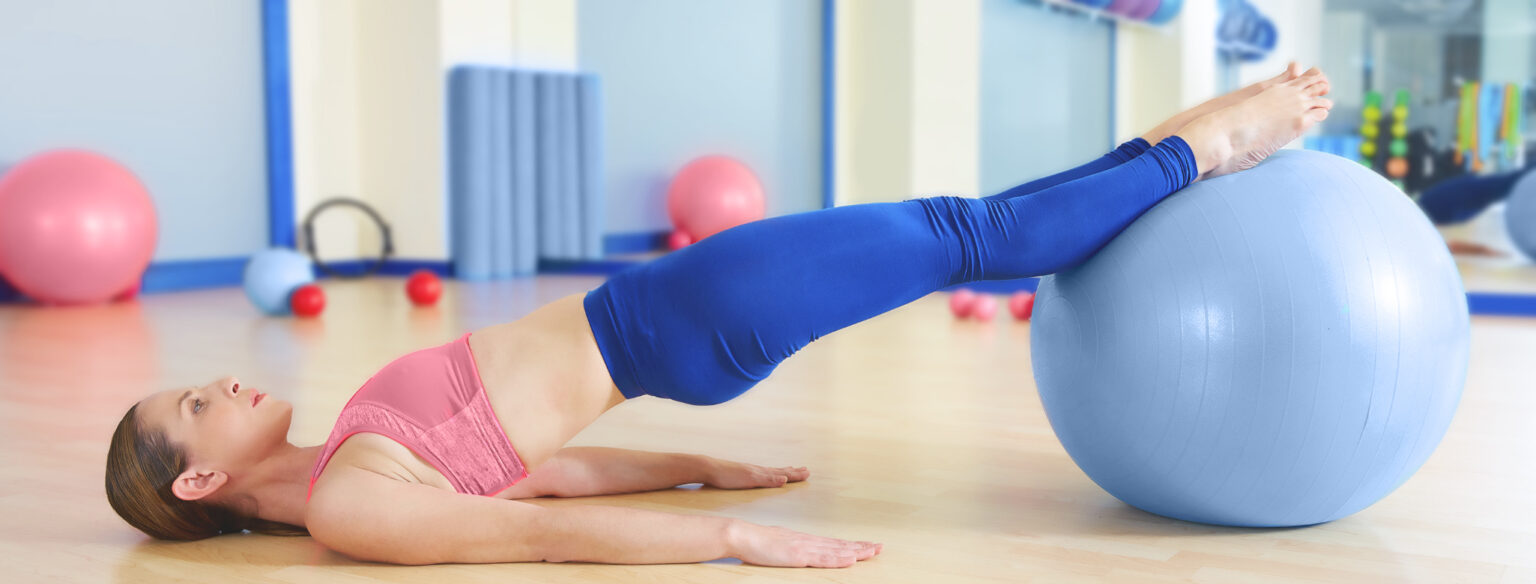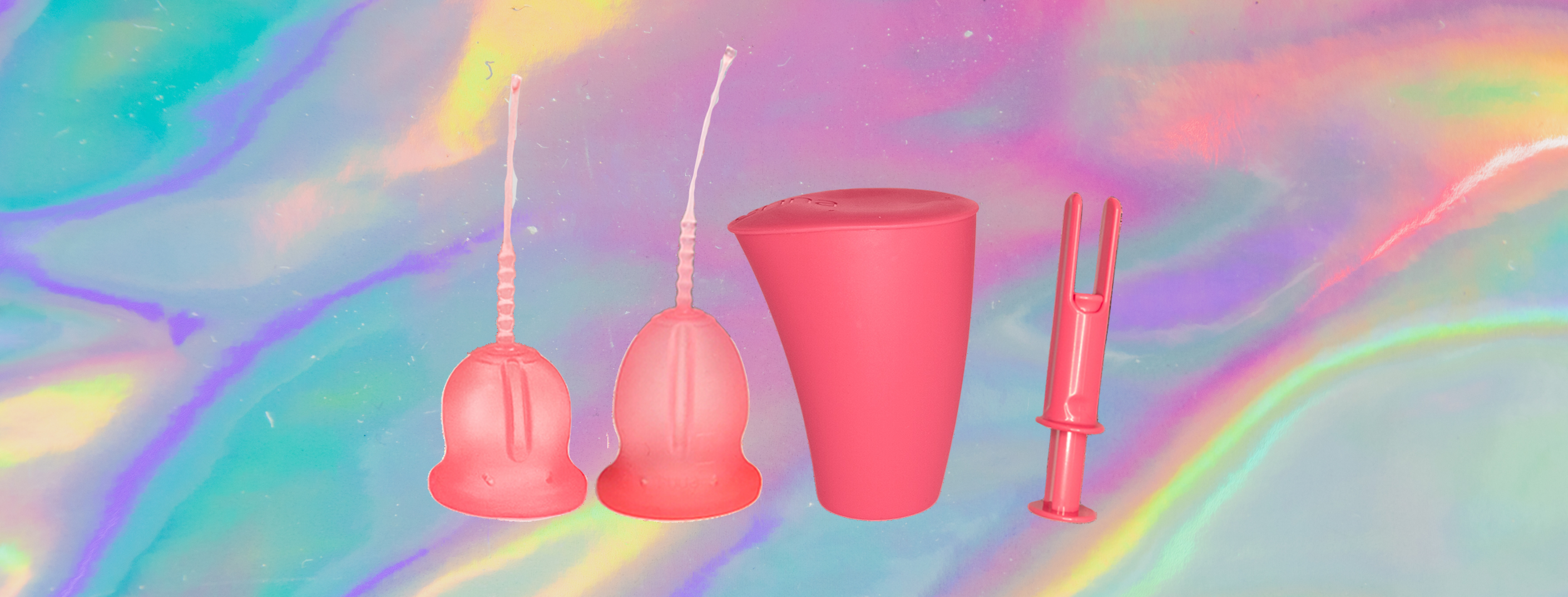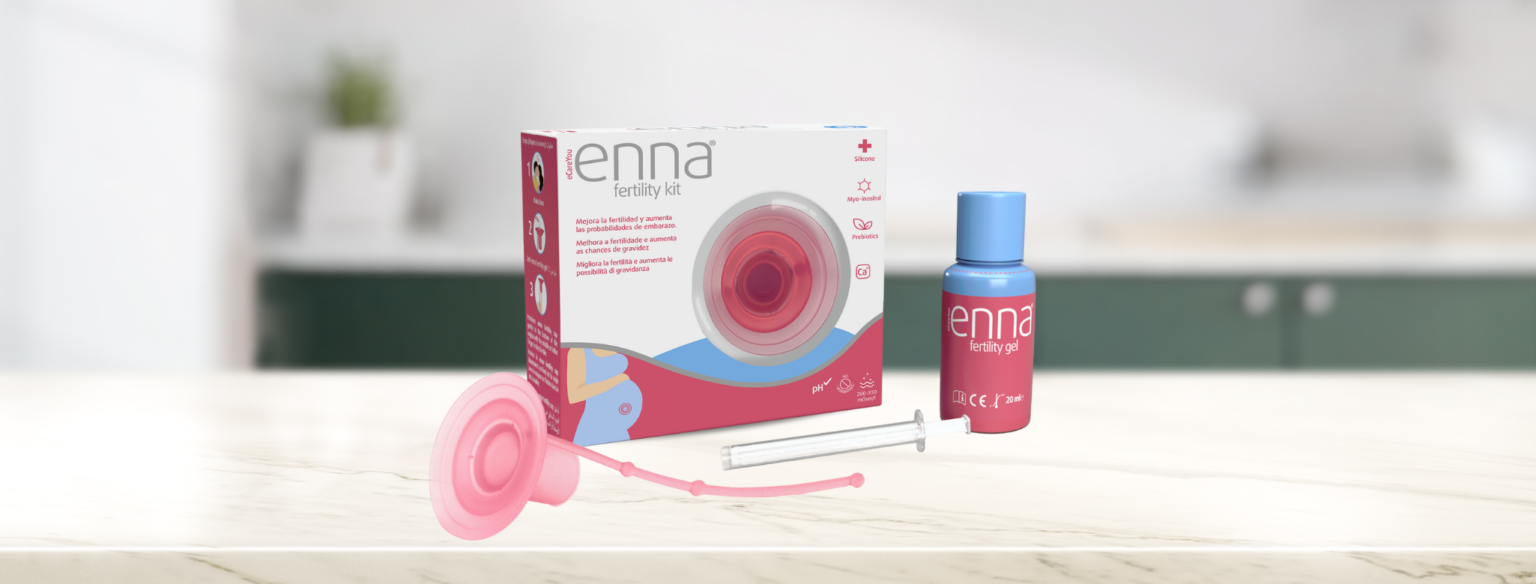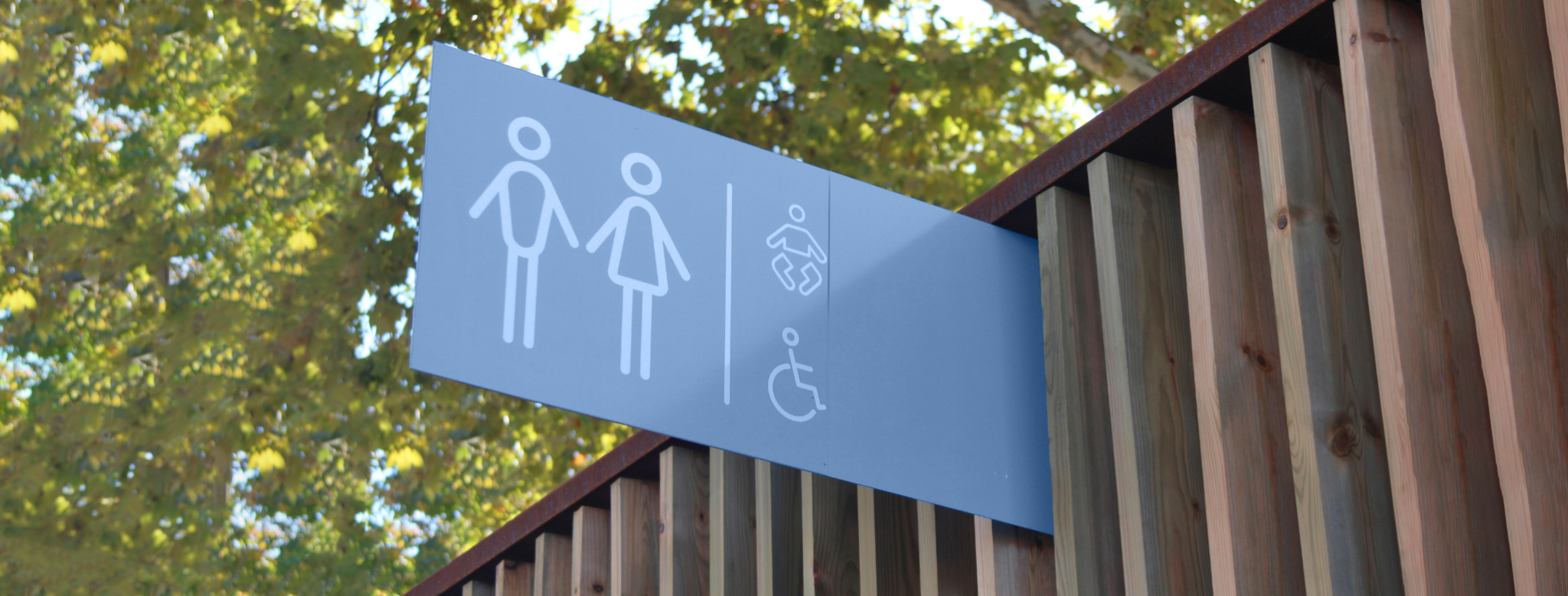Kegel exercises not only allow you to recover the pelvic floor after giving birth, but they also make the pelvic floor stronger if you do impact sport or if you have started menopause. These are the main factors that weaken the pelvic floor, but not the only ones. Keeping your pelvic floor in shape prevents urinary incontinence, prolapses (when organs like the bladder or uterus slip down) and will allow you to have more pleasurable sex too.
How to do Kegel exercises
Before we can exercise the pelvic floor muscles, we have to know where they are. You can try different ways to find out which muscles you should be exercising:
- You should pay attention and feel the muscles that are used when you stop urinating (you shouldn’t stop peeing, just check which muscles you would use if you had to stop).
- Contract the muscles you would use to avoid having a bowel movement or passing wind. If done properly, your body shouldn’t move upwards because this would mean you’re using your buttocks.
- Put one finger in your vagina and contract the muscles. You will notice that the vagina becomes tense and the pelvic floor moves upwards.
You can do the exercises either sitting or lying down and even standing up once you’ve got the hang of them. But to start with, get into the position you find most comfortable. Your abdomen, thighs and buttocks should be relaxed when you do Kegel exercises and your bladder should be empty to avoid leaks.
- Breathe in through your lungs while leaning on your vagina and pretend you are resisting the urge to pee for around 3-6 seconds. You should feel that the area leaning against the chair (or the floor) is working. Relax and repeat 10 times.
- Sit on your anus and imagine you are trying to avoid passing wind for 3-6 seconds. Relax and repeat 10 times.
- Lean on your perineum and pretend you are squeezing a tampon for 3-10 seconds. Relax and repeat 10 times.
Once you have done all the repetitions, if your muscles aren’t tired, you can increase contraction time to 6-10 seconds. When you manage to do 10 repetitions of 10-second contractions, you will have reached the target.
- Once you’ve got a good grasp of these individual exercises, you can start doing them together. This involves contracting the 3 areas (perineal orifices) upwards for 1 second. Allow all your muscles to fully relax after each contraction. You can do 3 series of 5 quick contractions, resting for 1 minute between each one.
What you should consider when doing Kegel exercises
It is very important to do Kegel exercises correctly in order to make the pelvic floor stronger, preventing urinary incontinence and prolapses. As well as finding the right muscles to work on, there are some other factors you should consider:
- Breathe properly: You shouldn’t obstruct or stop breathing while doing the exercises. It’s important that you’re able to breathe in and breathe out slowly while carrying them out.
- Relax the muscles you’re not using: You should only contract the pelvic floor muscles, not the gluteal, stomach or leg muscles.
- It just takes practice. The first day you might get tired and not manage to do everything, but you will gradually increase the time of the exercises and be able to do them in any position. In this video you will see there are many positions.
Can I do Kegel exercises with the enna pelvic ball?
Yes, you can do Kegel exercises while using the enna vaginal sphere. If your pelvic floor is very weak, it might not be able to hold the pelvic ball right away. In this case, it’s best to lie flat to insert the sphere and do the exercises. After a few weeks, you can try standing up to see if you can hold the sphere and once you’re able to do this, you can start going out walking with it for short periods of time to exercise the pelvic floor muscles and help prevent urinary incontinence.






